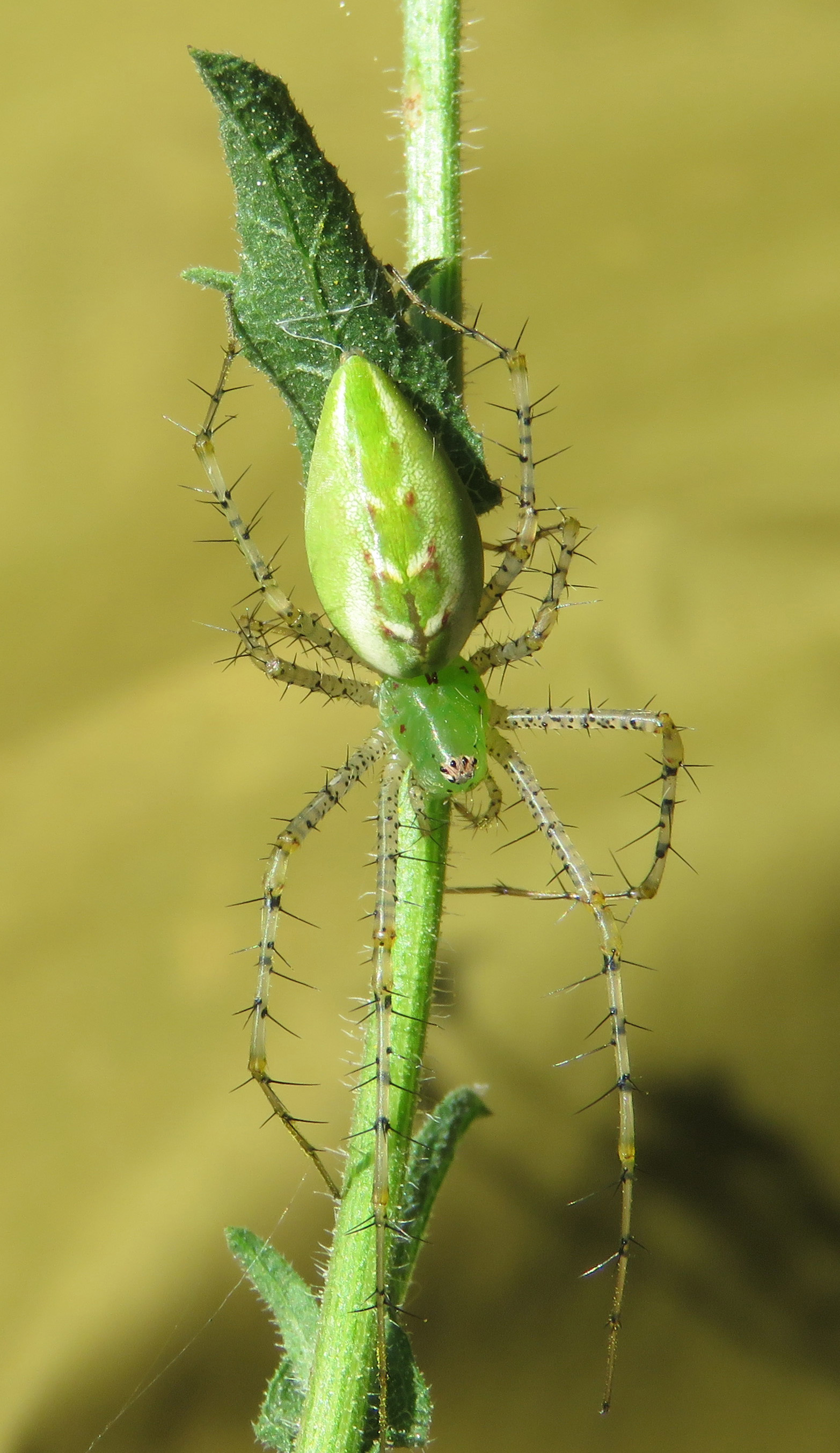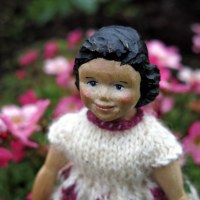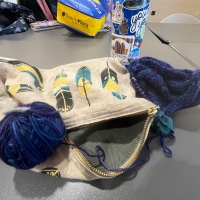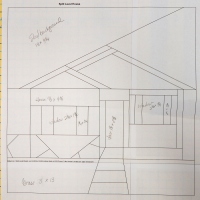Textiles: Added Dimensions
While most people are trying to “think outside the box”, textile artists are usually content to “think within the plane”. And a spectacular job we do of it, too. We can divide space in interesting ways, blend form and function flawlessly, and rock the color wheel.
But in the book I have been poring over for weeks, Mary Schoeser looks at those textile artists and craftspeople that go beyond a flat structure. In Textiles: The Art of Mankind, the fifth section is Added Dimensions, and it starts this way:
“Once cloth has been woven, it may be printed or stitched, but it may also be cut up and manipulated in myriad ways, or joined to companion lengths to create a larger whole. This versatility is the beauty of textiles, but also complicates their categorization.” (p. 365)
The essay has three subheadings:
- Letting the Cloth Speak – this focuses especially on traditional cloths, such as kente (narrow strips are woven and sewn into wider cloth), Miao pleating, and shibori (patterning by dye resist).
- Patchwork and Quilting
- Textiles Parkour
The last is a new idea to me, so I will include a couple of quotes.
Since the 1970s, the freedom to move through three-dimensional space has increasingly provided opportunities for textile artists, who occupy a conceptual landscape in which they are at liberty to move in any direction within their textural domain. There seems no better term for this activity than ‘textiles parkour’. Parkour, a non-competitive physical activity that developed in the 20th century from the obstacle course, is also described by participants as a state of mind. Although the aim of parkour is to move quickly and efficiently through an urban landscape, one can compare it to textiles because of parkour’s enhancement of spatial awareness, which encourages self-confidence and critical-thinking skills to overcome obstacles. However the ‘artful dodging’ in textiles parkour takes place as if in slow motion. (pp. 373, 374)
In this game of textile parkour, twists and turns have obliterated a single approved route to validation, offering possibilities to move into areas where the artist is unconstrained. Inspiration might come from sources that are Eastern, Western, Latin, First Nation, Jacobean or Rococo; materials might be natural or ultra-modern. (pp. 377, 378)
I really like this image of textile craft as a game. Artists and designers who are seeking textile careers or recognition face a different set of obstacles than I do, but we are alike in finding joy in sources of inspiration and in overcoming whatever challenges emerge while creating.
This section has almost 200 images.
Squared Illusions 6 by Gloria Hansen (2007) is a beautiful art quilt that incorporates thin lines, strong color contrast, blended colors, and circles and ovals that float above the quilt — or do they??
Artist Mandy Gunn combines textile techniques with all sorts of recycled products into three-dimensional creations. I can’t find the piece that was showcased in the book online, so I have linked to an interview that shows a lot of her work.
There are many many pleated pieces in this section – pieces that are pleated by way of using fibers that shrink differently or react to chemical after-treatments differently, as well as pieces that are pleated by hand. Raku by Mandy Southan (2011) has a subtle glow, and is a beautiful representative of this category of effects.
Schoeser includes many pleated pieces in this section; also patchwork, applique, reverse applique, and stitchery.
In my own collection, the ones I would put in the “Added Dimension” category, are that pine burr quilt I just got a few weeks ago, and this Hmong bag. The coins, beads, and rows of rick-rack build out from the ground surface.
In my own work, I have thrown a few beads and buttons on a piece once in a while, but I have not given much consideration to using added dimension to round out a piece’s impact. But as with all the other sections of this book, I am glad I took the time to go through it slowly and think about its implications.
This is the fifth in the series and there is one more coming up.




















Well, those woke me up! The imagination at work is truly amazing. re the Raku section, how does one live with this work? This book is a true love and work of art! Thank you for the introduction.
I know! I love everything on Mandy Southan’s website, including the design of the website! Back when I lived in the suburbs and was a teacher, I think I could have worn a scarf like one of hers and managed to get through the day with it in one piece — nowadays, not so much! Now I just enjoy seeing it in print.
I so drooled over Mandy Southan’s shibori work. That pleating is so elegant. I also love the lampwork, but have no idea exactly what it is. Shibori Girl https://shiborigirl.wordpress.com/buy-shibori-ribbon/ also does lovely pleated shibori work. I’ve seen textile installations with threads running from ceiling to floor that to me fit in textile added dimensions. If I can find them on my Pinterest boards I’ll send the links.l
Shibori is one thing I would love to get into!
One of my favorite things in doing this series has been finding the great artist websites associated with some of the works in the book. Some other artists working with pleats caught my attention, but some websites were years out of date, or didn’t have the work from the book posted. So it has been fun finding websites that are a good match for the post, too.